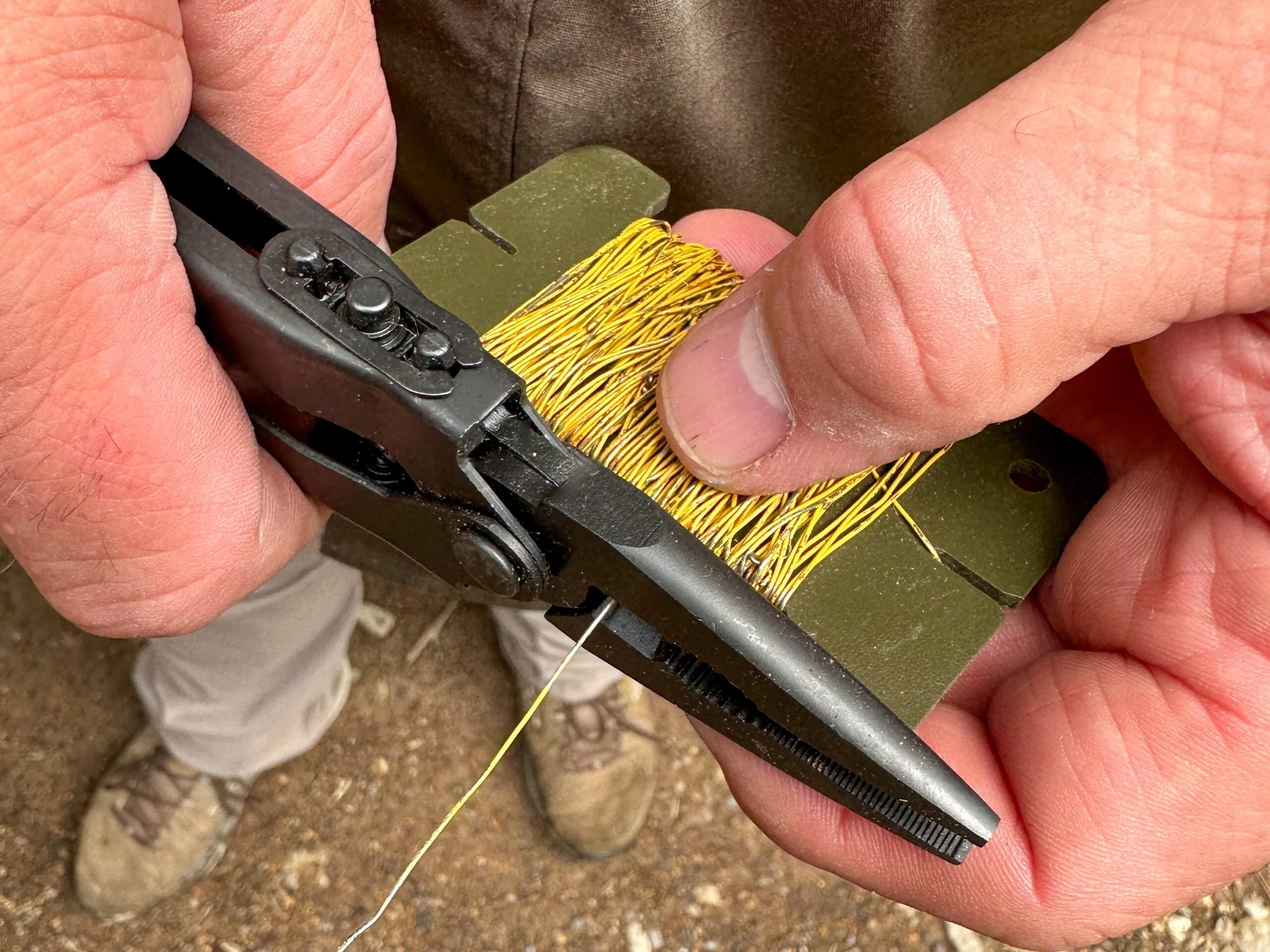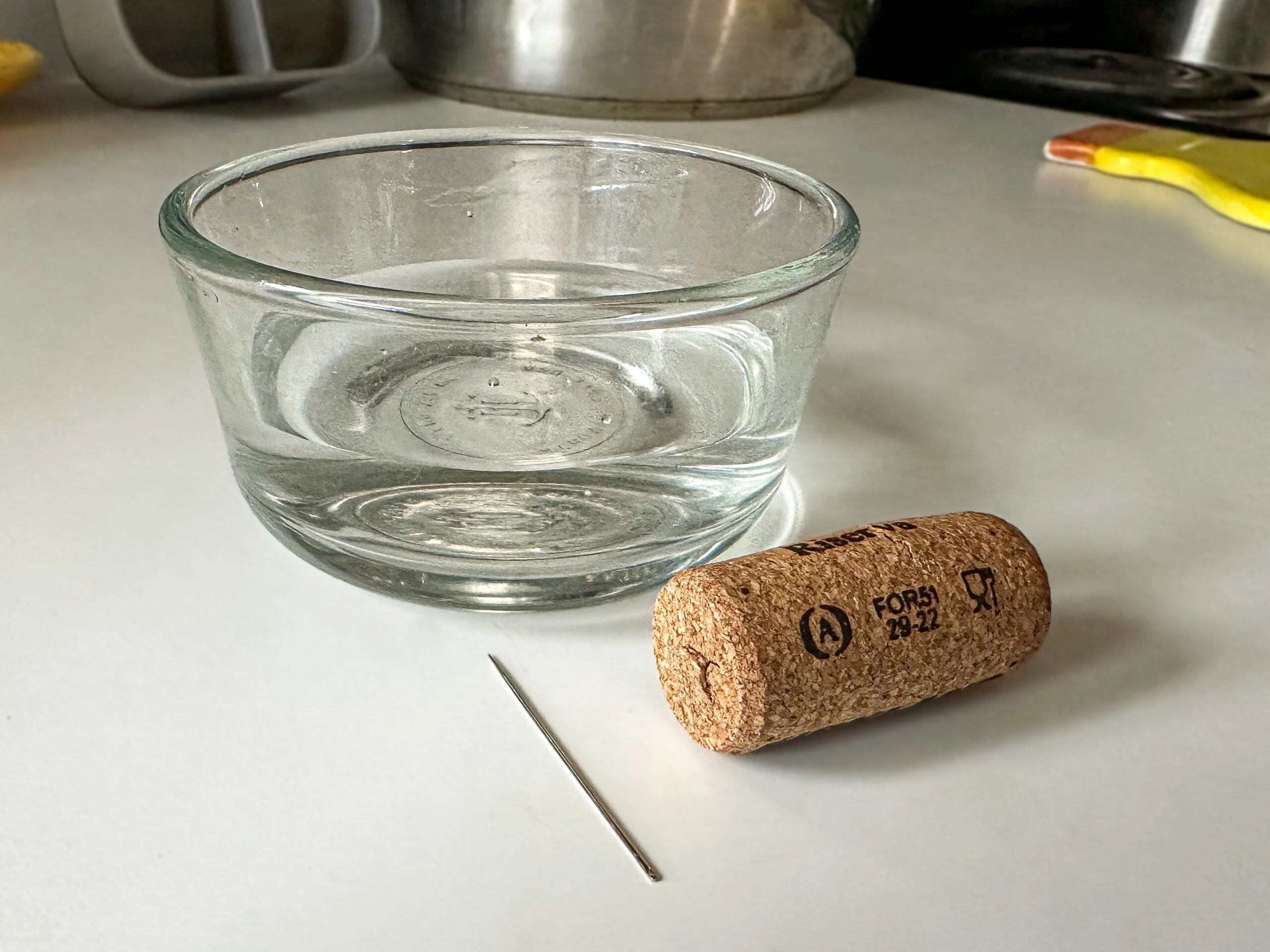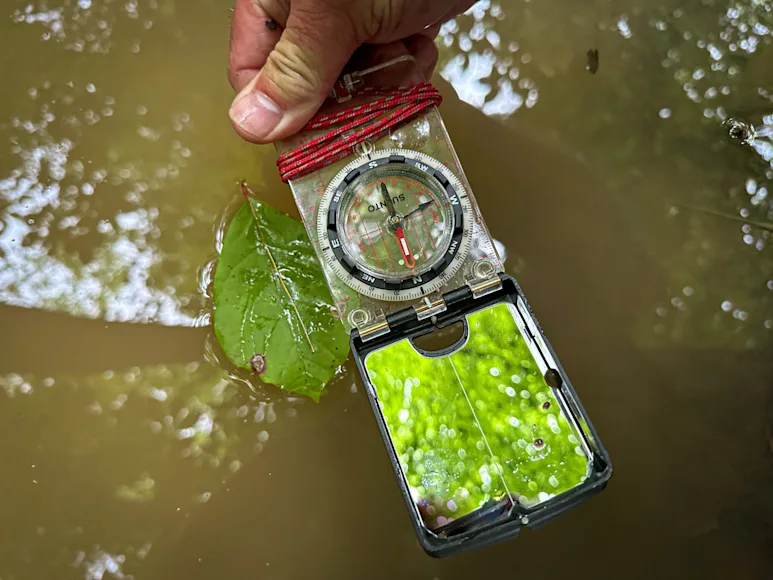In a world filled with modern navigation tools, there is still a place where the humble compass can be used. Knowing how to make a compass, and teaching others how to make one, serves to develop a foundation for land navigation skills. I want to guide you through the fascinating process of making your own compass. To be clear, there are plenty of great compasses
available, and having one is something you should always include in your survival and outdoor kits, but let’s learn about them by building our own.
Table of Contents: How to Make a Compass
Natural Navigation
How to Make a Compass With a Leaf
Making Compass with a Needle and Water
FAQs
Final Thoughts
Some Basics on Natural Navigation
You may find yourself stranded in the wilderness, far from any civilization, without a compass to guide you. There are multiple ways to find directions, and you should utilize all of them to gain a more accurate understanding. Natural navigation is a straightforward way to find directions and can also be used as a quality-control point for testing the compasses I will explain how to build in a moment.
Remember, the sun rises in the East and sets in the West. For those of us in the northern hemisphere, the sun’s arc is always in our southern sky. At midday, shadows created by straight objects, like trees, will form north-south lines. We can use these natural features to help us test our compasses. Let’s look at two simple ways to create a compass, either with foraged or minimal additional supplies.
Can You Make a Compass With a Leaf?

You can make an emergency compass with a leaf and magnetized piece of metal. Craig Caudill
Yes, you can. The first thing you need to do if you want to make a compass is locate still water, such as a puddle or a small pond without any flow. Once you’ve found that, follow these steps:
Find a leaf, or stick, that will float on the water.
Next, find a straight piece of metal that contains iron and carbon, which aids in magnetization. Avoid metals like aluminum, copper, or brass.
There are two methods to make this metal suitable for our purpose of how to make a compass: The first method is to stroke one end of the metal with a magnet, ensuring your strokes only go in one direction. (You can find magnets in many electronic devices.) Another lesser-known, but still effective, method is to “magnetize” the metal by charging it with static electricity. Choose an organic fiber like cotton or denim, then rub one end of the metal until it becomes static. This typically requires 30 or more strokes.
Once either of these methods is completed, place the magnetized metal object on the floating leaf or stick, being careful not to disturb it excessively. Once it and the water settle, ensure it is free to rotate and remains undisturbed.
Observe the metal object closely. The Earth’s core contains a large amount of liquid iron, which generates a natural magnetic field. You will notice that it gradually aligns in a north-south direction, with the end pointing toward the north indicating the general direction of your compass.

If you have some wire in your survival kit, you can strip it for the piece of metal you’ll need to make a compass. Craig Caudill
Teach Your Kids How to Make a Compass

All you need to make a compass at home are a few simple supplies. Craig Caudill
You can also undertake a similar project with your kids at home. This project will help them grasp the concept of the four cardinal directions. It can be done as a science project or just for fun. For this at-home project, you will need the following:
Needle
Magnet
Small cork
Bowl of water
Piece of paper
Once you’ve gathered the materials, follow these simple steps:
Start by rubbing one end of the needle against the magnet in a single direction to magnetize it.
Next, carefully push the needle through the center of the cork until it protrudes evenly on both sides.
Place the cork and needle gently on the surface of the water in the bowl, allowing it to float freely. Ensure that no external factors are affecting its movement.
Observe the cork and needle closely. You will notice that the needle aligns itself in a north-south direction, just like a conventional compass. Encourage your kids to mark the direction on the piece of paper, indicating the north and south points. This simple DIY compass provides a fun activity and teaches children about the basic principles of magnetism, navigation, and using a compass
.
FAQs
Q: Is it easy to make a compass?
Yes. While a homemade compasses may not match the precision and reliability of commercially available ones, they can serve as invaluable tools in survival situations or as engaging projects for you and your kids. Making compasses from natural materials in the wilderness or using household items at home allows us to appreciate the wonders of science and navigation.
Q: Can I use my phone as a compass?
While many smart phones do have compass apps, it is best not to have to rely on them in the wilderness—especially in a survival situation. A smart-phone compass is not always reliable. Also, when—not if—the battery on the phone dies, the compass is useless. To be safe, always carry a compass with you when you venture outside.
Final Thoughts on How to Make a Compass
When you first attempt these exercises, I recommend having a compass
available to check the accuracy. Some troubleshooting may be required. You may find that it takes more strokes with the magnet or organic material to magnetize the needle. It might also be the case that some leaves or sticks do not float as well as others in a puddle. Developing an understanding of how this works may take several attempts. Once you determine the process that works for you, you will have the necessary skills to do it when needed.
Navigation with a compass is being overshadowed by technological advances. Having a basic understanding of science and how it relates to using a compass can help you comprehend that technology or take care of yourself in a situation where technology has failed. It is never too late to understand and utilize “old-school skills” for your safety and survival.


